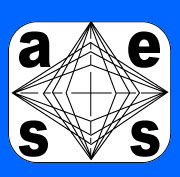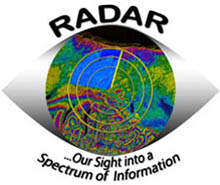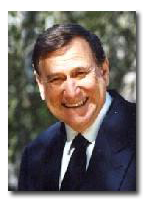  |
2006 IEEE Radar Conference |
|||||||||||||||||||||||||||||||||||
|
April
24 - 27, 2006
|
Turning
Stone Resort and Casino
|
Verona,
NY USA
|
||||||||||||||||||||||||||||||||||
|
||||||||||||||||||||||||||||||||||||
|
|
| Announcements Call for Papers -PDF version Important
Dates Keynote
Speaker About
the Area Logo background image courtesy NASA/JPL-Caltech. |
|
Tutorial
3.5 Polarimetric
Doppler Weather Radar Synopsis:
This tutorial reviews the principles of Polarimetric Doppler
weather radar and its application to the observation of
weather and the quantitative radar measurement of meteorological
parameters. It highlights the engineering and scientific
research to remotely probe and show the structure of many
atmospheric phenomena (tornadoes, microbursts, solitary
waves, etc.) not available by any other practical means.
The quantitative measurement of rainfall provided by polarimetry
will be discussed. Doppler techniques have found application
in the network of weather radars (NEXRAD/WSR-88D) presently
operated by the USA National Weather Service (NWS), as well
as in networks in other nations. Now the NWS plans to upgrade
its operational radars to have polarimetric capability.
The latest advances in polarimetric-Doppler weather radar
technology are presented, and polarimetric data are shown
to offer significant improvements in remote measurement
of rainfall. The use of phase coded signals and staggered
PRF techniques to resolve range ambiguities will be discussed.
Radar observations are related to atmospheric phenomena
observed by eye, and radar data fields are correlated with
photographs and/or satellite images of the phenomena. The
attendees will benefit by gaining an understanding of the
theory, design, operation, and applications of Polarimetric
Doppler weather radar. The focus will be on meteorological
phenomena, their radar signatures, and quantitative measurement
of weather parameters.
|

